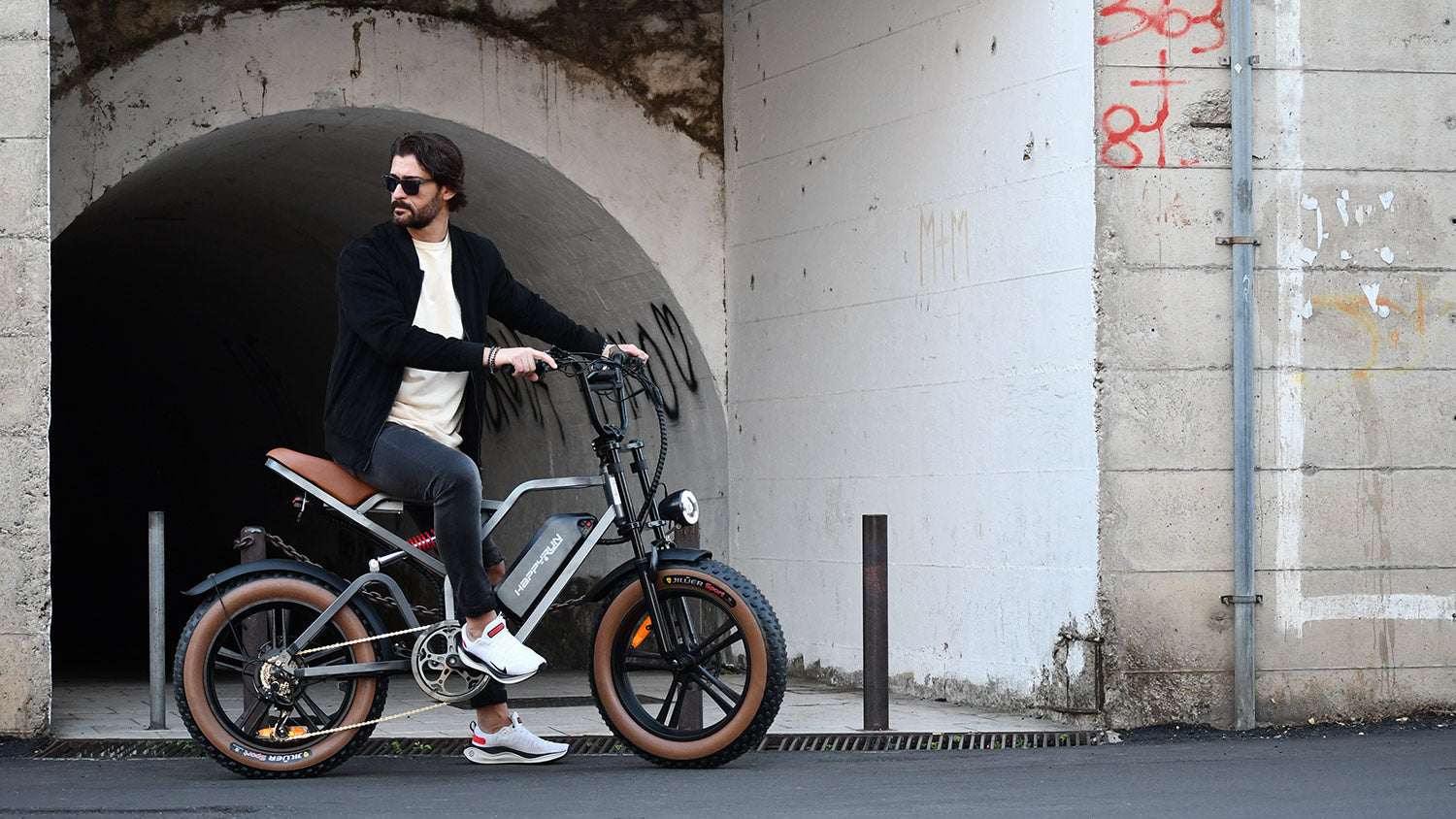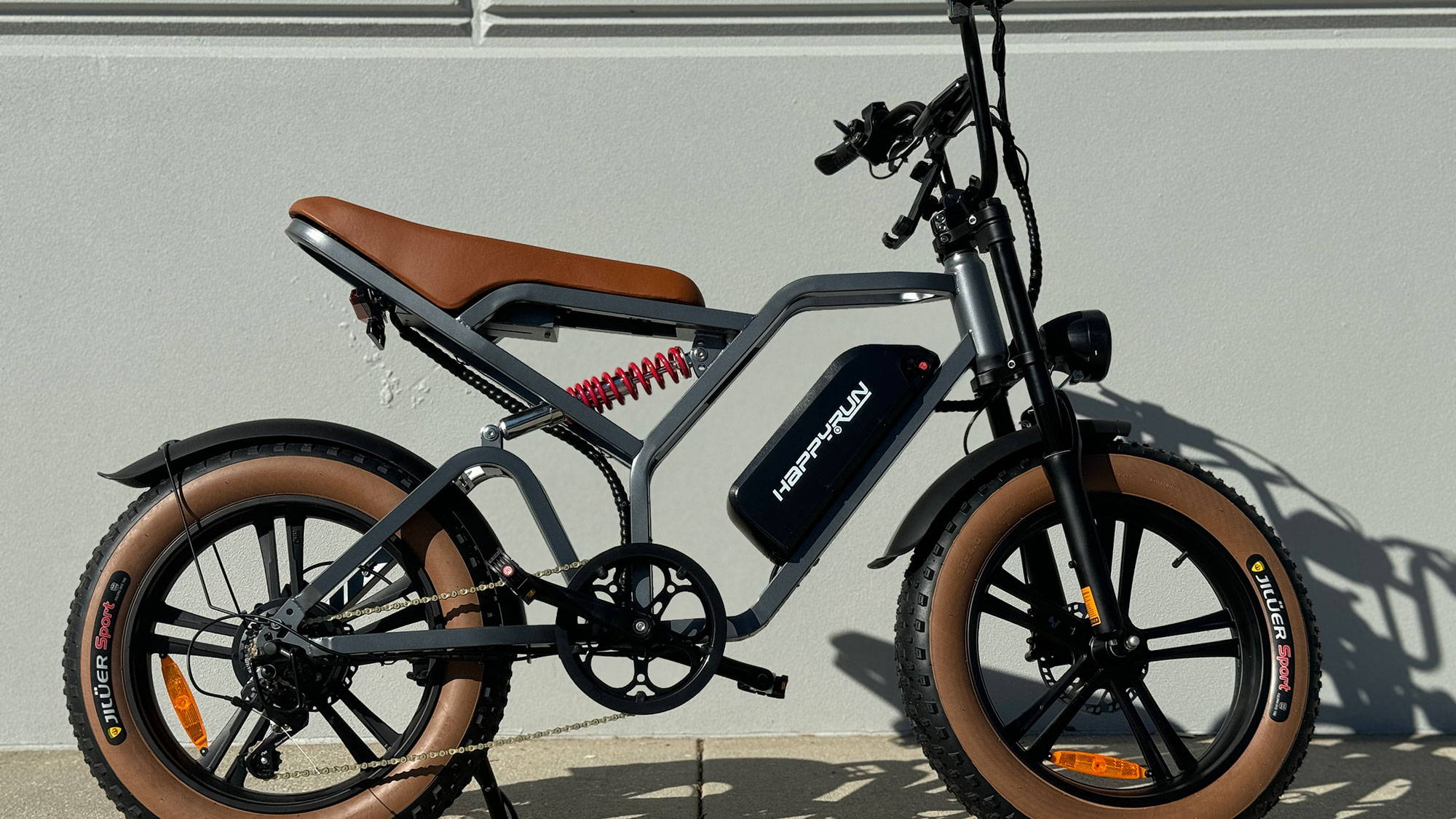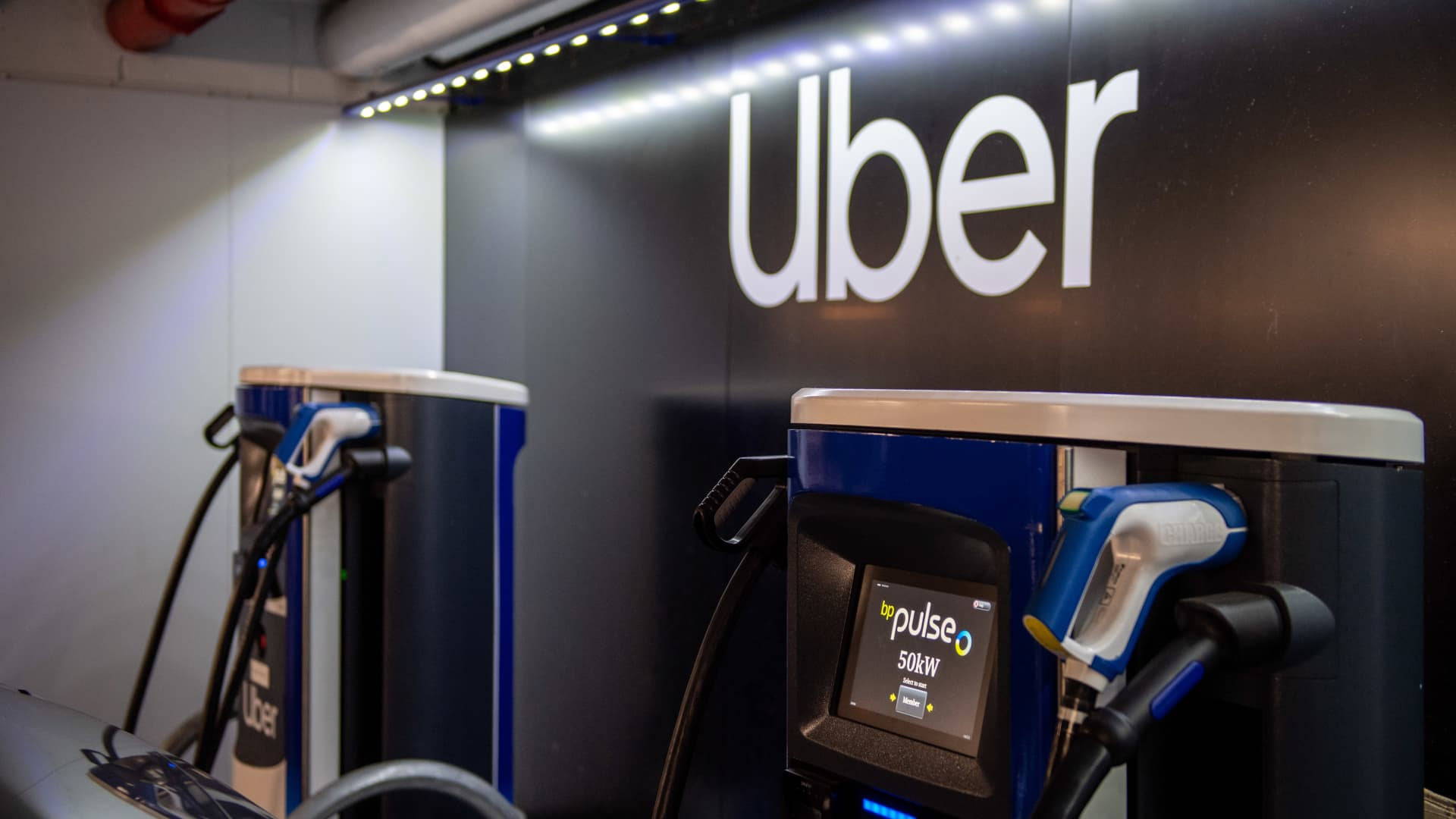
Connecting to the Charging Issue of the Electric Bike
For convenient urban transportation, the best electric bikes for adults are clearly superior to cars because they are lighter, more agile, easier to park, more enjoyable to ride, and much more environmentally friendly. However, access to charging remains a major infrastructure barrier, hindering the adoption of e-bikes.
There are still very few options for charging e-bikes, in contrast to the vast networks of public high-speed chargers available for the best electric motorcycles and electric bikes. Riders face a variety of concerns and practical difficulties as a result of this inadequate infrastructure, particularly urban commuters who live in apartments and may not have easy access to charge even a small electric bike or best budget electric bike.
Let's look at the reasons behind this infrastructure gap and how cities can close it to fully realize the potential of e-bikes for convenient, environmentally friendly urban mobility.
The Problem of Charging Electric Bikes
Even high-end electric bikes for adults have a maximum range of approximately 40 miles per charge due to their compact e-bike batteries, which typically only hold 36V/4Ah. Furthermore, the best e-bike lithium cells need three to five hours to recharge on high-amperage chargers. For the majority of urban rides, one overnight home charge is adequate.
However, the absence of public charging stations becomes an issue for longer commutes or out-of-home activities. A dead e-bike battery poses a risk to riders who have nowhere near to charge their electric bike or pedal electric bike before they return. You cannot just park an electric bike on the street and leave it there for hours unattended, unlike with a street-legal electric motorcycle.
Reliable access to charging is a headache for apartment dwellers in the city, especially those who may need to carry their lightweight electric bikes up flights of stairs. It is hardly practical to run extension cords out windows to street parking for their electric bike. And it gets old quickly to constantly be carrying bikes up several flights of stairs to charge indoors.
It is obvious that today's constrained e-bike charging options cause inconveniences and obstacles to their practical use, particularly for urbanites. So how did this disparity in infrastructure come to be?

HappyRun Tank G60 Electric Bike
Why There Is a Gap in Public Charging?
Although the market share of electric cars is getting close to 10% in progressive states like California, e-bikes still only account for 2-3% of bicycle sales. Infrastructure investment has also slowed due to limited adoption.
However, as sales of e-bikes are expected to double over the next five years, charging networks will need to grow in order to sustain sustained growth. So, the crucial query is: Who will construct this infrastructure?
It is the responsibility of businesses, organizations, and city governments to acknowledge the enormous potential of e-bikes in lowering emissions and traffic. Additionally, taking the necessary steps to establish these quiet, agile electric bikes as real workhorses for urban mobility.
Collaborating with the public and private sectors is necessary to implement smart charging solutions in densely populated areas on a large scale.
Continued Innovations and Efforts
Thankfully, there is increasing global momentum to address the need for public and private sector initiatives to address the lack of adequate e-bike charging infrastructure.
Large companies like Uber are equipping their urban hubs with charging stations so that their fleets of electric scooters and Class 2 electric bikes can be charged. There is a chance that these solar-powered charging farms will spread to public infrastructure.

Uber Charging Station
Furthermore, a few property developers have started to include in-building micro-mobility charging capabilities in newly constructed apartment complexes and condominiums. Residents can now charge even the smallest electric bike models thanks to this.
As part of larger initiatives to support sustainable micro mobility, Barcelona plans to convert 150 public parking spaces by 2025 to give priority to scooter, moped, and bicycle charging. A number of transitory charging options are also becoming available, such as modular trailer systems that enable the deployment of mobile charging zones for big events or busy locations.

Solar public charging station for electric bicycles
The range and charging speed of electric bike batteries are expected to be improved by ongoing innovations. The goal of research is to pack more power per charge by doubling energy density using sophisticated lithium cell architectures. Increased DC fast-charging systems that could recharge 75–80% of a battery in less than an hour would also help reduce range anxiety.
Decentralized interim storage and charging facilities can be crucial until fixed charging infrastructure reaches a mature state. Riders can quickly swap out their used, fully charged battery packs for new ones thanks to swappable modular battery banks. Additionally, secure intermediary charging stations can be found in public areas with managed access charging lockers.
While the adoption of electric bikes is still lagging behind the availability of public charging infrastructure, encouraging developments are occurring in a number of sectors to meet the demand and realize the full potential of these environmentally friendly transportation options.
Including Public E-Bike Charging
Cities need to look into creative and affordable ways to maximize the accessibility of e-bike charging in urban areas. Electric bike charging banks can be easily integrated into public areas like parks, bus stops, and street lamps, blending in with the current infrastructure. It is possible to incentivize private companies to invest in e-bike charging infrastructure by offering them tax breaks, zoning advantages, and reduced permit/licensing costs.
Converting portions of parking lots into covered hub zones offers a multipurpose solution that includes bike parking, repair stands, and necessary electric bike charging stations. Furthermore, enacting new regulations requiring charging capability for multi-family residential buildings guarantees a thorough plan for broad implementation.
Cities can use mobile solar trailer solutions to provide makeshift e-bike charging stations during exciting events. This flexible strategy meets a range of requirements and emphasizes how charging infrastructure can be used in a variety of situations.
Through creative integration of these simple yet efficient charging features into the urban environment, cities can fully utilize e-bikes to improve citizen mobility. This proactive and strategic approach supports an effective and sustainable e-mobility ecosystem while being in line with the changing needs of urban residents.
Take Part in the Movement
Cities are unable to accommodate an endless amount of automobile infrastructure as urban populations rise. It is imperative for sustainability and livability to embrace agile and effective electric bikes and electric vehicles powered by e-bike motors and e-bike batteries.
The availability of e-bike charging stations is still the final major obstacle to widespread adoption. Cities may promote e-bikes as efficient, green modes of transportation by enacting laws that encourage the thoughtful integration of charging hardware throughout the urban fabric.
Bold leadership is now required to support the movement. Participate in regional campaigns for e-mobility infrastructure. Attend city council meetings and make your voice known. Cast your ballot for candidates who will match emission reduction goals with transportation policy.
Now is the moment to take action and ignite the e-bike revolution with innovative charging infrastructure projects that empower communities and riders alike.
Transportable E-Bike Charging Options: Changing Mobility
The search for easy and convenient charging options has become critical in the ever-changing world of electric bikes. Aware of the difficulties presented by the scarcity of fixed charging infrastructure, the market is seeing the rise of creative portable charging options that could completely alter the way e-bikes are charged.
Adult E-bike Portable Chargers: Convenient Power Boost While Traveling
E-bike riders of all ages now have the freedom to charge their electric vehicles wherever they go thanks to the advancement of portable chargers, which are a technological marvel. By utilizing cutting-edge lithium-ion technology, these small power units guarantee effective and quick on-the-spot charging. Riders can easily convert any regular outlet into a charging station by simply plugging in these portable chargers to their e-bike batteries thanks to their plug-and-play design.
Battery-Swapping Stations: The Greatest Electric Bikes' Efficiency Redefined
The idea of battery-swapping stations is an innovative concept that is becoming increasingly popular. These stations, which are designed to minimize downtime, enable riders to quickly swap out low-quality batteries for fully charged ones. This method not only gets around the limitations of fixed charging stations, but also helps maximize e-bike utilization, especially for riders who are traveling long distances on the fastest e-bikes, off-road electric bikes, or top-rated electric motorcycles.
Putting Money Into Extra Power: A Savvy Rider's Plan for the Quickest E-Bike
Riders are highly advised to carry a spare battery as a preventative measure against the unpredictable nature of charging opportunities. In situations where fixed charging infrastructure is hard to come by, this backup power source acts as a dependable fallback option to guarantee continuous travel. An increasing number of e-bike manufacturers are creating electric cruisers and small electric bikes with easily accessible battery compartments. This makes it easier for riders to incorporate new batteries without disrupting their riding experience.
The State of E-Bike Battery Technology Going Forward
For those who enjoy riding electric bikes for everyday commuting, off-road excursions, or the greatest electric bikes, the introduction of portable charging solutions signals the beginning of a transformative era. These developments contribute to the general sustainability of electric transportation while also improving mobility for adult riders. The e-bike charging ecosystem is expected to undergo further refinement with the incorporation of smart technologies like real-time battery tracking and predictive charging analytics, as the industry keeps up its innovative efforts.
In conclusion, mobile charging options are a critical step in releasing e-bike users from the confines of stationary charging infrastructure. Riders can travel with confidence knowing that a dependable and effective charging solution is always accessible thanks to innovations like battery-swapping stations, compact chargers, and having a spare battery. Look into the best affordable electric bikes, find the perfect bike rack, and enjoy the freedom that comes with being able to move around without a car!
































Leave a comment